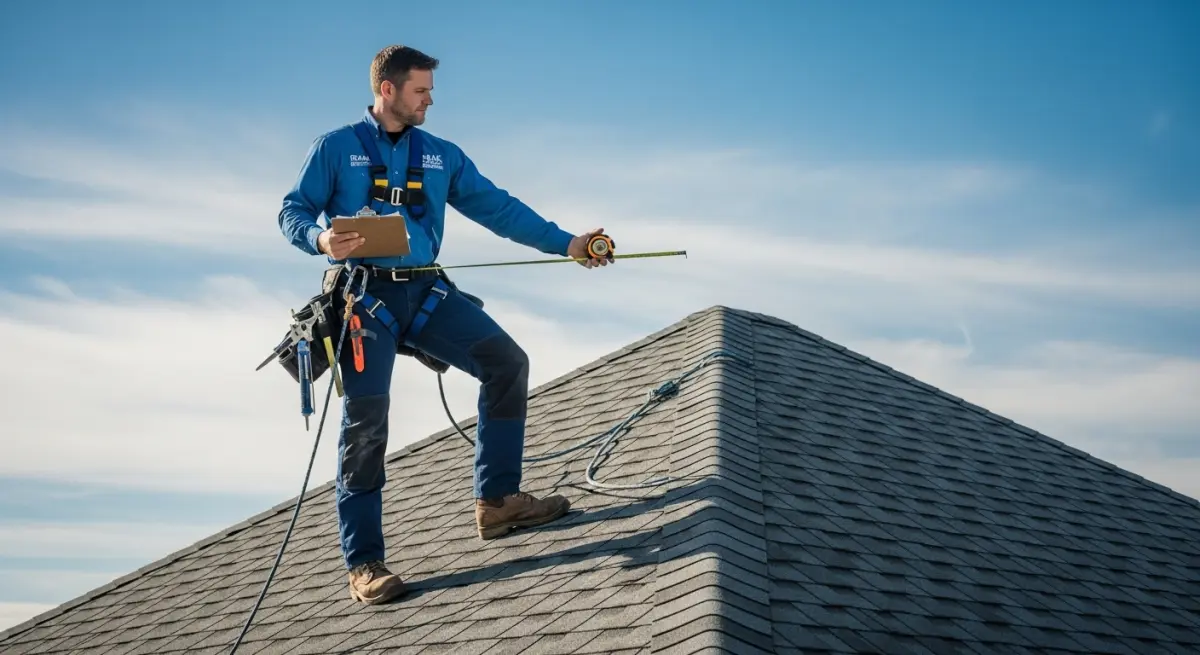How to Paint Roof Shingles: A Step-by-Step Guide to Refresh Your Roof
Painting roof shingles offers a budget-friendly way to refresh your home's appearance and potentially extend the life of aging asphalt shingles by several years. While not a permanent solution like replacement, properly painted shingles can improve curb appeal and provide temporary protection when done correctly. This guide walks through the complete process of painting roof shingles, from assessing whether your roof is a good candidate to selecting materials and applying coatings that last.
Can You Actually Paint Roof Shingles?
Yes, you can paint roof shingles—but success depends entirely on the condition of your existing shingles and using proper roof-specific coatings. Standard house paint won't work. Roof coatings must flex with temperature changes, resist UV degradation, and handle constant exposure to weather that would destroy regular paint within months.
Professional roof coatings designed for asphalt shingles create a protective layer that can temporarily seal minor surface cracks and restore faded color. However, painting cannot fix structural issues like curling, missing granules, or underlying water damage. For those problems, consider roof replacement options instead.
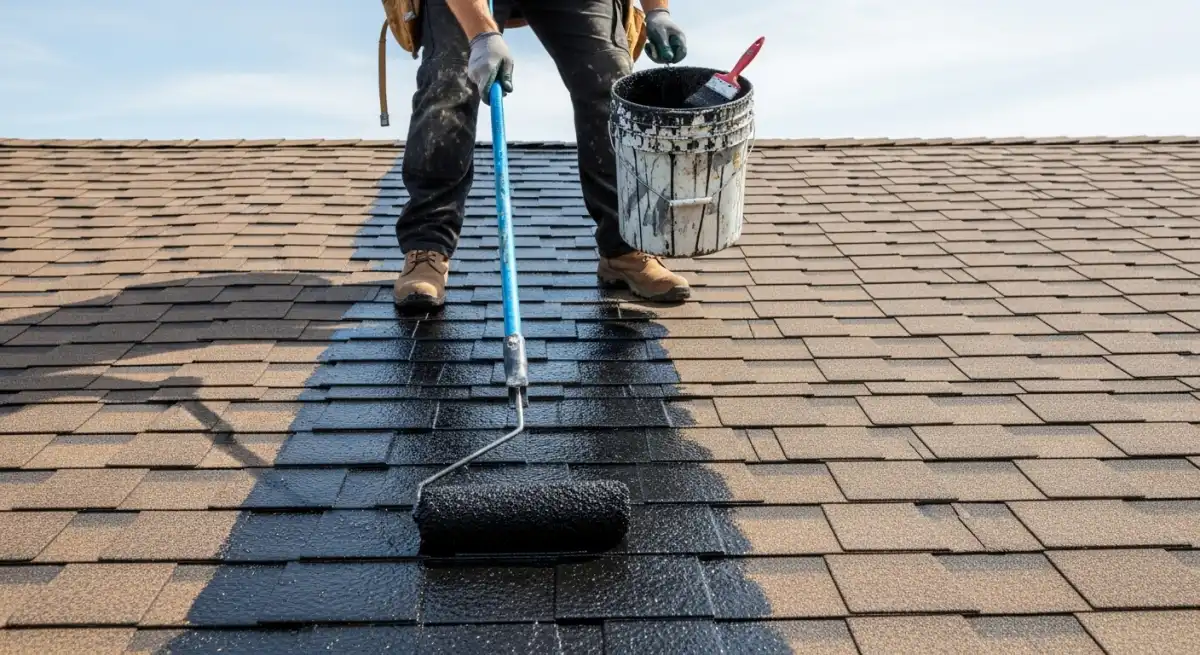
When Painting Roof Shingles Makes Sense
Roof shingle painting works best in specific circumstances. If your roof shingles have faded from sun exposure but remain structurally sound, painting can restore appearance cost-effectively. Homeowners planning to sell within a few years often paint shingles to boost curb appeal without the expense of full replacement.
The ideal candidate roof has shingles that lie flat, show no curling or cupping, retain most of their protective granules, and have at least 5-7 years of remaining service life. Avoid painting if you see extensive granule loss, cracked or brittle shingles, active leaks, or significant weather damage. Those conditions signal that replacement is the only lasting solution.
Selecting the Right Paint for Roof Shingles
Not all paints work on roofs. You need specialized acrylic roof coatings formulated for extreme temperature swings, UV exposure, and constant moisture. These products remain flexible when asphalt shingles expand and contract, preventing the cracking that plagues standard paints.
Look for 100% acrylic roof coatings or elastomeric roof paints rated for asphalt shingles. Quality products include built-in mildew resistance and reflective properties that reduce cooling costs. Avoid standard house paint, oil-based paints, or any product not specifically labeled for roof applications. Using the wrong paint voids any warranty and leads to rapid failure. Similar to choosing materials for metal roofing projects, proper product selection determines long-term success.
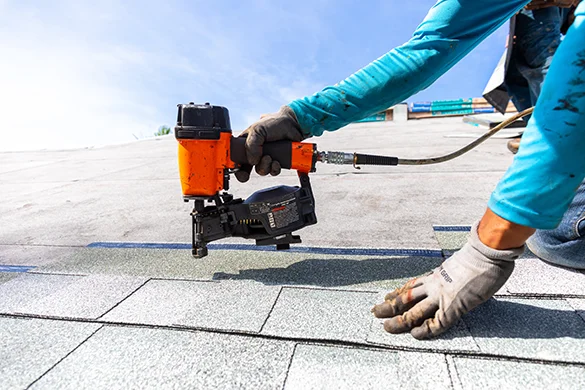
Safety Preparation: Essential Before You Start
Roof work ranks among the most dangerous DIY projects. Falls from roofs cause thousands of serious injuries annually. Before attempting to paint roof shingles, ensure you have proper fall protection equipment including a safety harness, roof brackets, and secure anchor points. Use non-slip footwear and never work alone.
Check weather forecasts carefully. You need at least 48 hours of dry weather before painting and another 48 hours after for proper curing. Avoid working in extreme heat (over 85°F) or cold (below 50°F), as temperature affects paint application and drying. Wind above 10 mph makes ladder work dangerous and can blow overspray onto unwanted surfaces.
Step 1: Thorough Roof Cleaning
Paint will not adhere to dirty shingles. Start by removing all debris—leaves, branches, and accumulated dirt. Use a leaf blower or soft-bristle brush for loose material. Avoid pressure washing at high settings, as excessive pressure can damage shingles and strip protective granules.
For algae, moss, or mildew stains, apply a roof-safe cleaning solution. Let it sit for the recommended time, then rinse thoroughly with low-pressure water. Allow the roof to dry completely for at least 48-72 hours before painting. Hidden moisture under shingles will cause paint to bubble and peel within weeks. Proper roof maintenance practices ensure better paint adhesion.
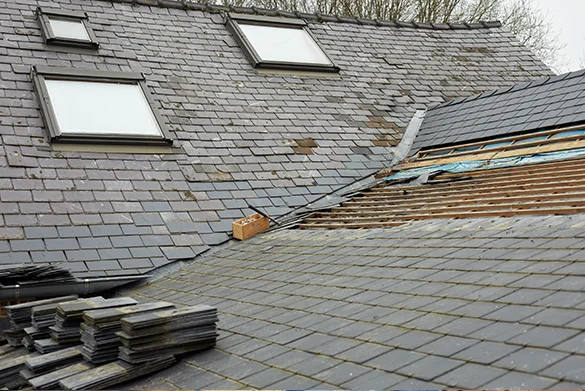
Step 2: Inspect and Repair Damage
Walk the entire roof looking for problems. Replace any missing or severely damaged shingles before painting. Seal lifted edges with roofing cement. Check flashing around chimneys, vents, and valleys—these areas often hide leaks that painting won't fix.
Pay special attention to shingle edges and corners where wind damage typically starts. Secure any loose shingles with roofing nails, being careful to place fasteners correctly to avoid creating new leak points. If you discover extensive damage during inspection, reconsider whether painting makes sense. Often, the cost of necessary repairs approaches replacement costs, making a new roof the better long-term investment.
Step 3: Prime if Necessary
Most quality roof coatings don't require primer, but severely weathered or porous shingles benefit from a bonding primer. Primer improves adhesion on shingles with significant granule loss or extremely faded surfaces. Apply primer in thin, even coats using an airless sprayer or thick-nap roller designed for rough surfaces.
Let primer dry completely according to manufacturer specifications before applying topcoats. Rushing this step causes poor adhesion and premature failure. For best results on older roofs, consider consulting trusted roofing professionals who can assess whether priming will actually help or if replacement is inevitable.
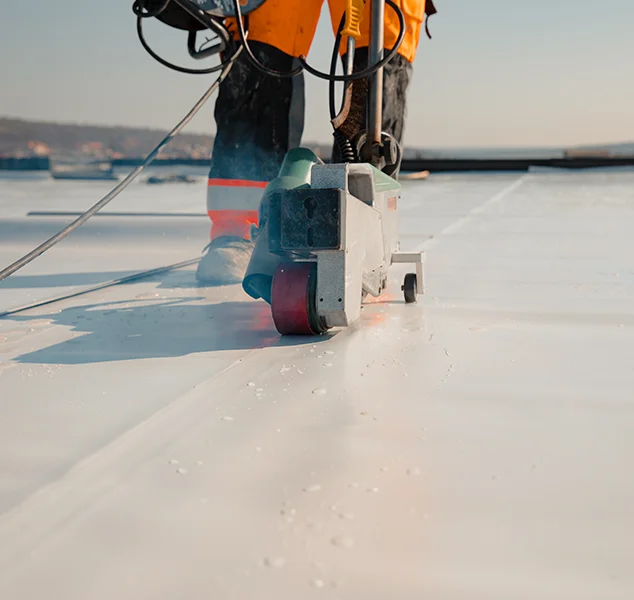
Step 4: Apply the First Coat
An airless sprayer provides the most efficient application for roof coatings, especially on large areas. Use a 0.017-0.021 inch spray tip and maintain consistent distance from the surface—typically 12-14 inches. Overlap each pass by 50% to ensure even coverage without thin spots.
Start at the highest point of the roof and work downward. This prevents walking on freshly painted areas and allows drips to flow onto unpainted sections. Apply paint in thin, even coats rather than trying to achieve full coverage in one pass. Thick applications crack and peel as they cure. Back-roll sprayed areas with a long-nap roller to work coating into shingle texture and improve adhesion.
Step 5: Apply the Second Coat
Roof coatings require at least two coats for adequate protection and coverage. Wait for the first coat to dry completely—typically 24-48 hours depending on temperature and humidity. Don't rush this step. Applying a second coat over tacky paint traps moisture and solvents that cause blistering.
Use the same application technique for the second coat. Inspect your work in good lighting to identify any thin spots or missed areas. Pay extra attention to shingle edges, ridges, and valleys where coverage tends to be thinnest. Most roof coatings cover 75-100 square feet per gallon per coat, so calculate your needs accordingly.
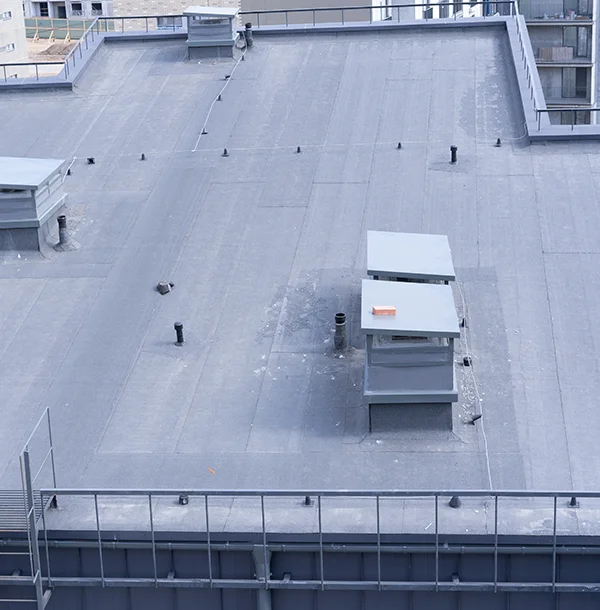
Cost to Paint Roof Shingles
DIY roof shingle painting costs vary based on roof size and product quality. For a typical 2,000 square foot roof, expect to spend $400-800 on materials including paint, primer (if needed), cleaning supplies, and application tools. Renting an airless sprayer adds another $100-150 for a weekend.
Professional painting runs $2-4 per square foot for labor plus materials, totaling $4,000-8,000 for average roofs. While this seems expensive, professionals complete work faster, carry insurance, and provide warranties. Compare these costs to roof replacement costs in Northern Virginia to determine the best value for your situation.
How Long Does Painted Roof Last?
Properly applied roof coatings typically last 3-7 years depending on climate, coating quality, and application technique. Northern Virginia's temperature extremes and weather patterns stress painted surfaces. Expect to recoat every 4-5 years to maintain protection and appearance.
Compare this to 20-30 years for new asphalt shingles or 50+ years for quality metal roofing. If your painted roof needs recoating twice, you've likely spent more than replacement would have cost while gaining less protection. Consider painting a short-term solution rather than long-term investment.
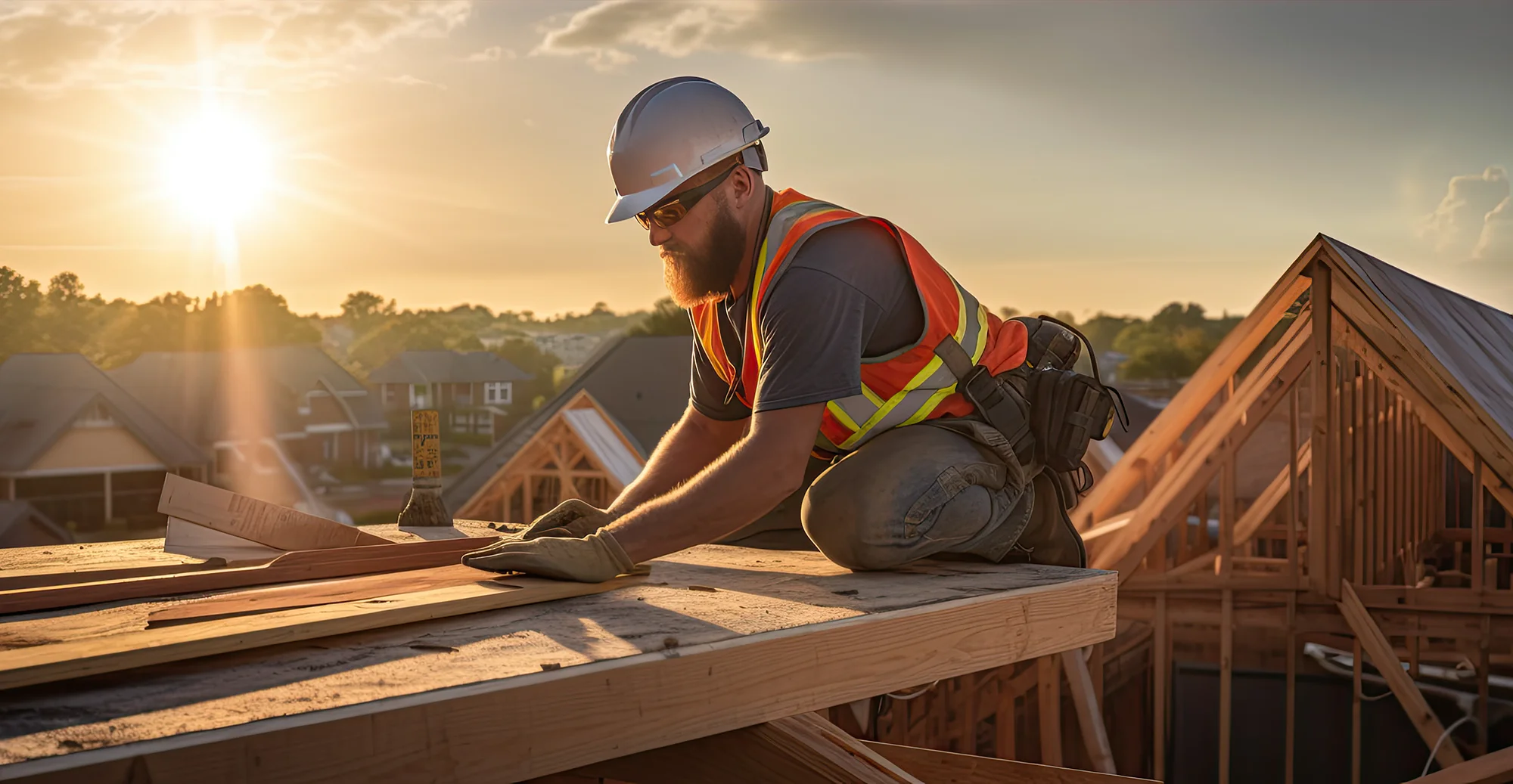
Maintenance After Painting Roof Shingles
Painted roofs require regular maintenance to maximize lifespan. Inspect your roof annually, checking for peeling, cracking, or fading. Remove debris promptly—leaves and branches trap moisture that accelerates paint failure. Clean gutters to ensure proper drainage, as standing water damages painted surfaces.
Address any damage quickly. Small areas of peeling can be touched up with matching paint, but widespread failure means complete recoating. Watch for algae or moss growth, which penetrates paint films and causes lifting. Treat biological growth immediately with roof-safe cleaners. Proper maintenance might stretch coating life to 5-7 years instead of 3-4.
Alternatives to Painting Roof Shingles
Before committing to paint roof shingles, consider alternatives that might provide better long-term value. New asphalt shingles offer 20-30 years of maintenance-free service with full manufacturer warranties. Modern shingles come in dozens of colors and styles that far exceed painted options.
For flat or low-slope sections, TPO roofing or EPDM rubber roofing provides superior waterproofing. Metal roofing delivers 50+ years of performance with minimal maintenance and comes in profiles that mimic traditional shingles. Sometimes simple professional cleaning removes years of algae staining and restores appearance without painting at all. Understanding when to repair versus replace helps make the right decision.
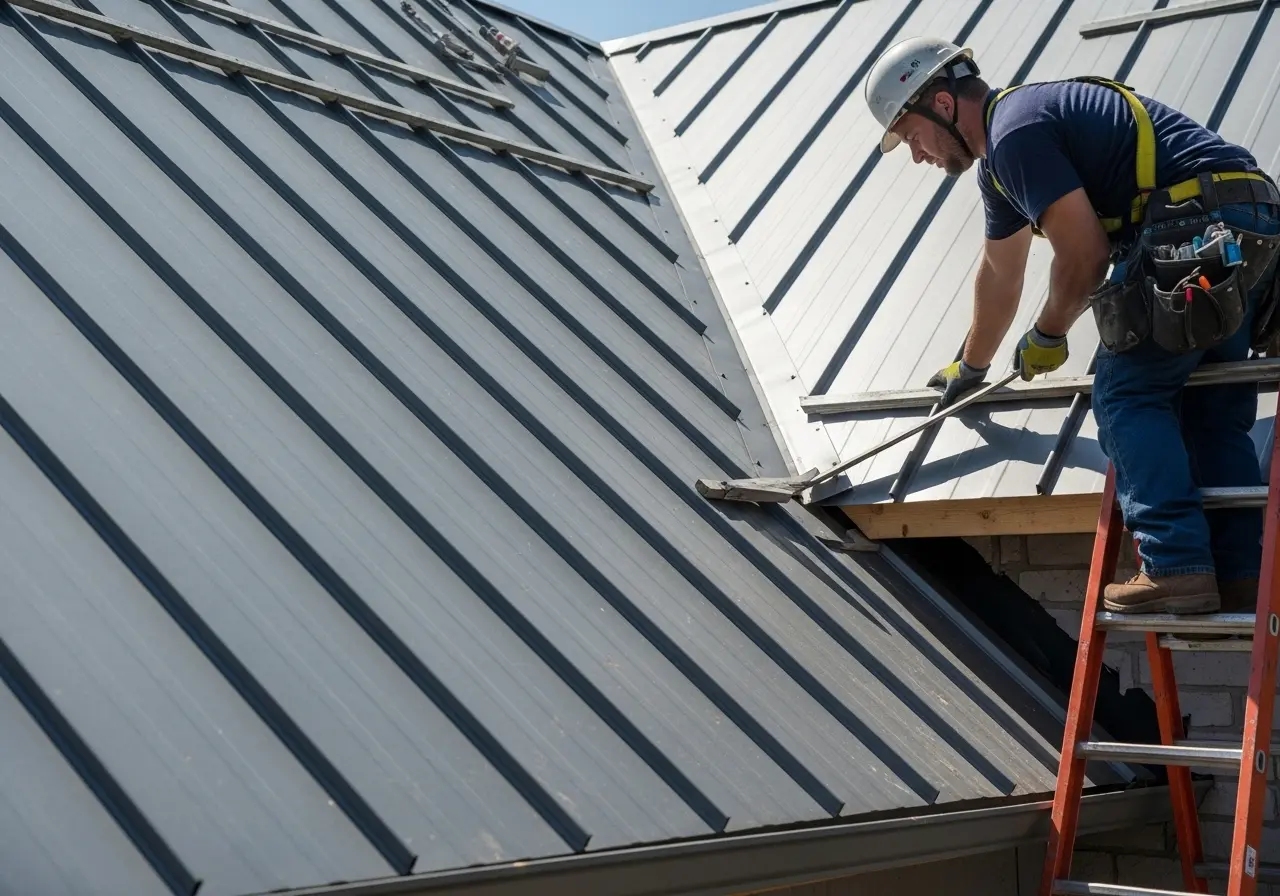
Common Mistakes When Painting Roof Shingles
Homeowners attempting to paint roof shingles often make critical errors. Skipping thorough cleaning leaves dirt and oils that prevent adhesion. Using standard house paint instead of roof coatings guarantees rapid failure. Painting in poor weather conditions—high humidity, extreme temperatures, or imminent rain—ruins the entire project.
Applying paint too thick causes cracking as the coating cures and expands. Insufficient drying time between coats traps moisture and solvents. Ignoring underlying damage means painting over problems that continue worsening beneath the surface. Perhaps the biggest mistake is painting severely deteriorated shingles that need replacement, wasting money on a roof that fails within a year or two. Avoiding these and other common roof repair mistakes ensures better outcomes.
Professional Roof Assessment in Northern Virginia
Reston Roof provides honest assessments of whether painting makes sense for your roof or if replacement represents better value. Our team inspects shingle condition, identifies hidden damage, and explains all options with transparent pricing. We serve homeowners throughout Northern Virginia including Reston, Fairfax, Arlington, and surrounding areas.
Whether you decide to paint roof shingles, repair damage, or invest in replacement, we deliver quality workmanship backed by solid warranties. Contact Reston Roof at (571) 453-6515 for a thorough roof evaluation and recommendations you can trust. We'll help you make the best decision for your home and budget.
